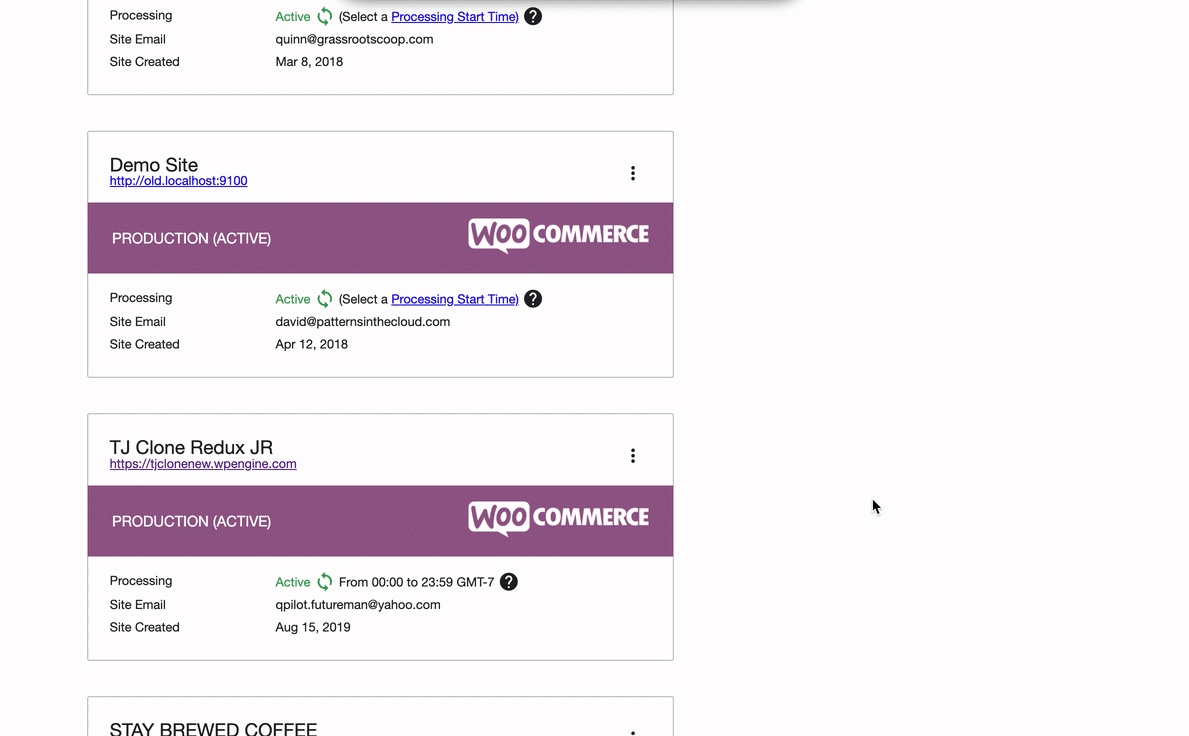Units of Measurement
Shipping Methods - especially integrated API-based shipping methods - require that your products have set values for dimensions and weights.
In this help doc, we'll cover how units of measurement are managed within your QPilot Site and how they can be used as conditions for Shipping Rates.
Managing Units of Measurement in QPilot
You can define default units of measurement for each of your QPilot Sites by editing your site's settings. By default these values are empty, thus if weight-based QPilot shipping rates are being used, merchants MUST set these values on their site in QPilot.

Measurement Settings
Units of Measurement at the Product Level
QPilot synchronizes your Product Data including each product's weight and dimensions. If you have defined measurements at a product level in your connected QPilot site, the product measurements will override the default measurements set in QPilot.
Using Multiple Units of Measurement in QPilot
Your QPilot Site can convert multiple units of measurement.
This means that you can define units of measurement on QPilot Shipping Rates without needing to match them to your site's default units of measurement and they will still be calculated and applied correctly.
Defining Units of Measurement in QPilot Shipping Rates
You can define the unit of measurement when adding a Weight Restriction to a Shipping Rate. This means that if you are defining either of Min Weight of Max Weight, you can define a unit of measurement for the value of Weight that you enter.
If no Unit of Weight is selected, the default unit of measurement in your QPilot Site will apply.
Updated over 3 years ago
